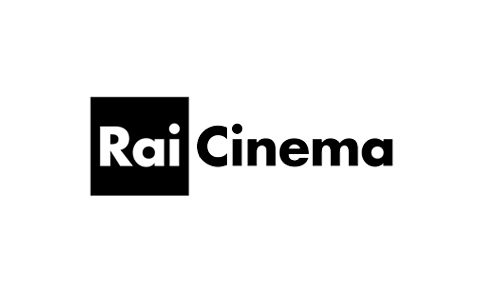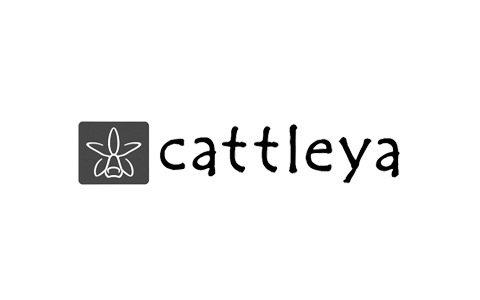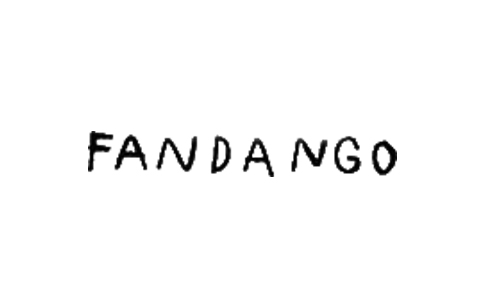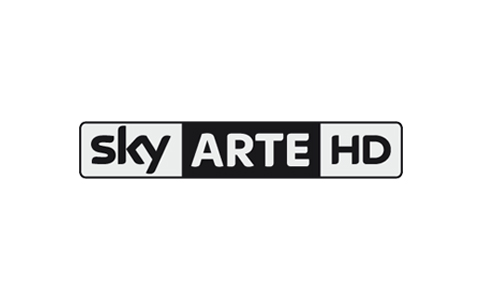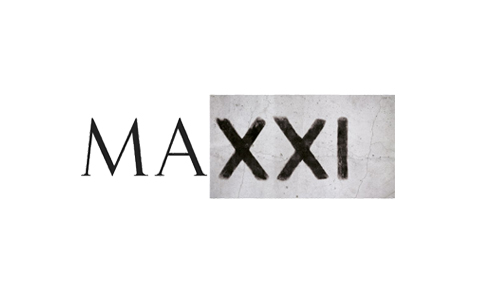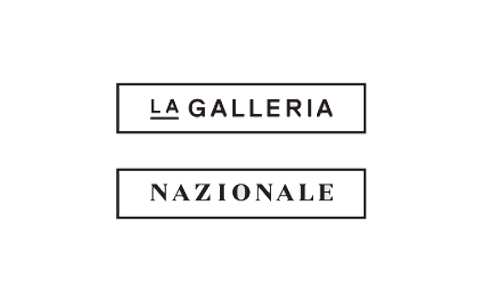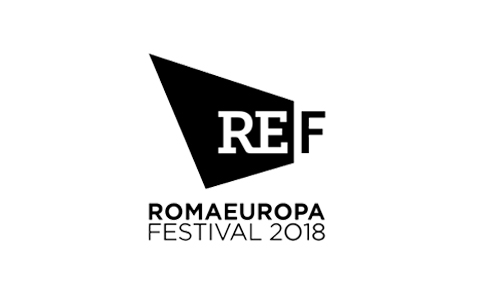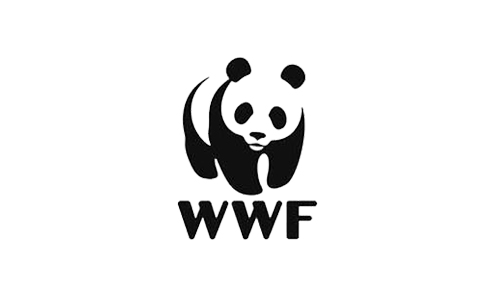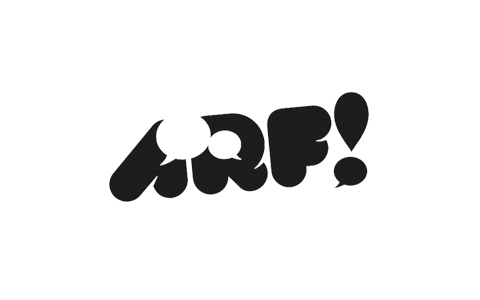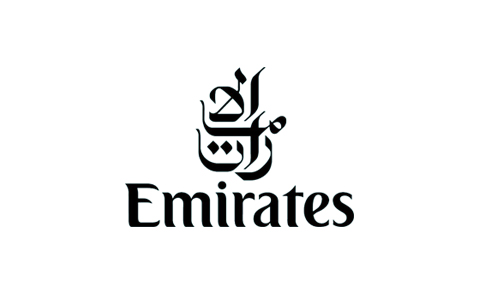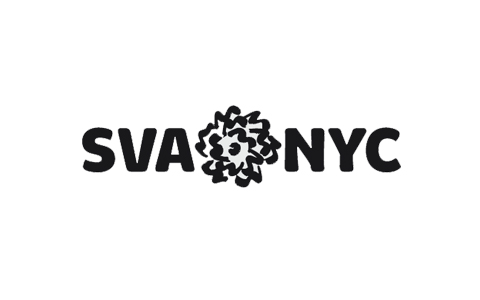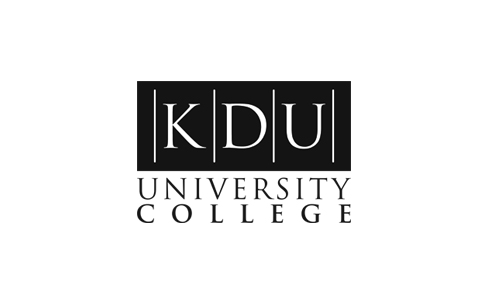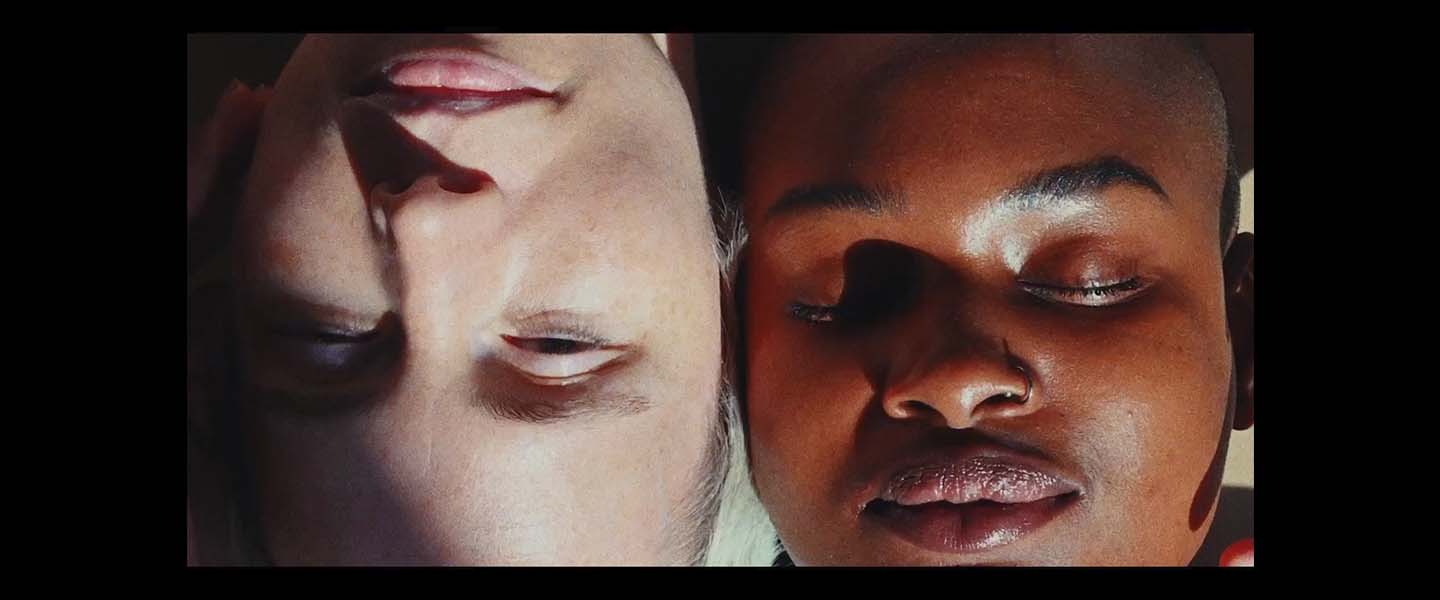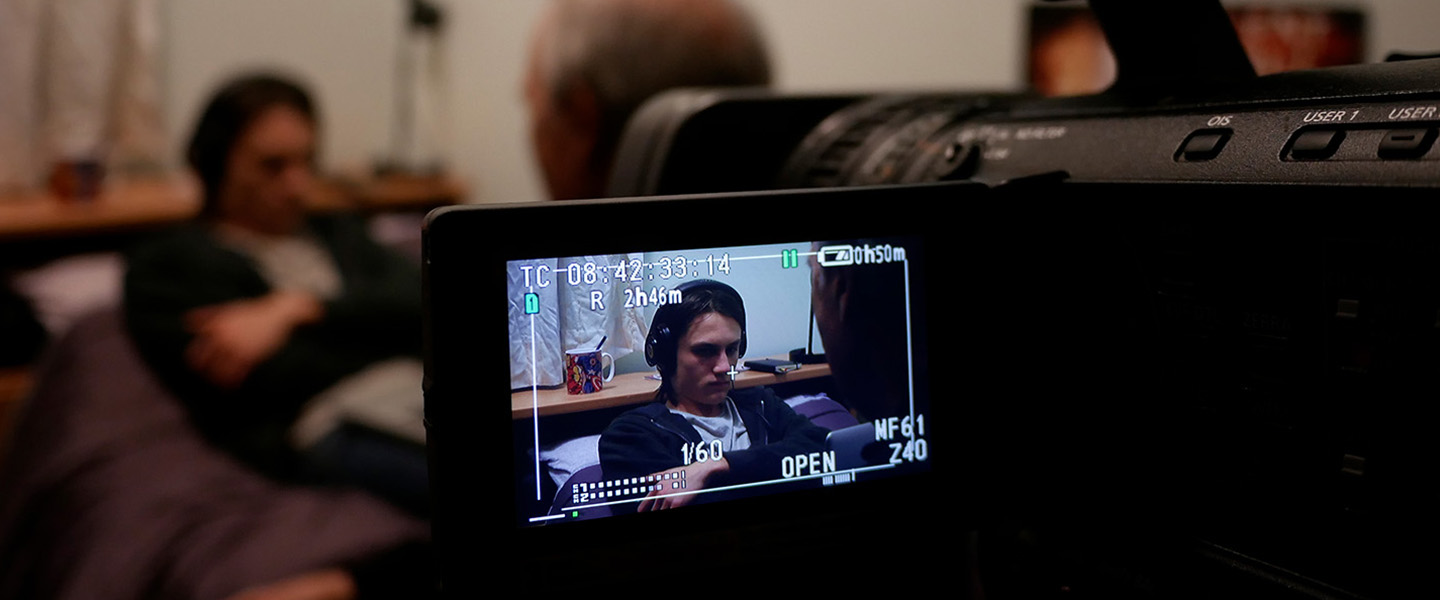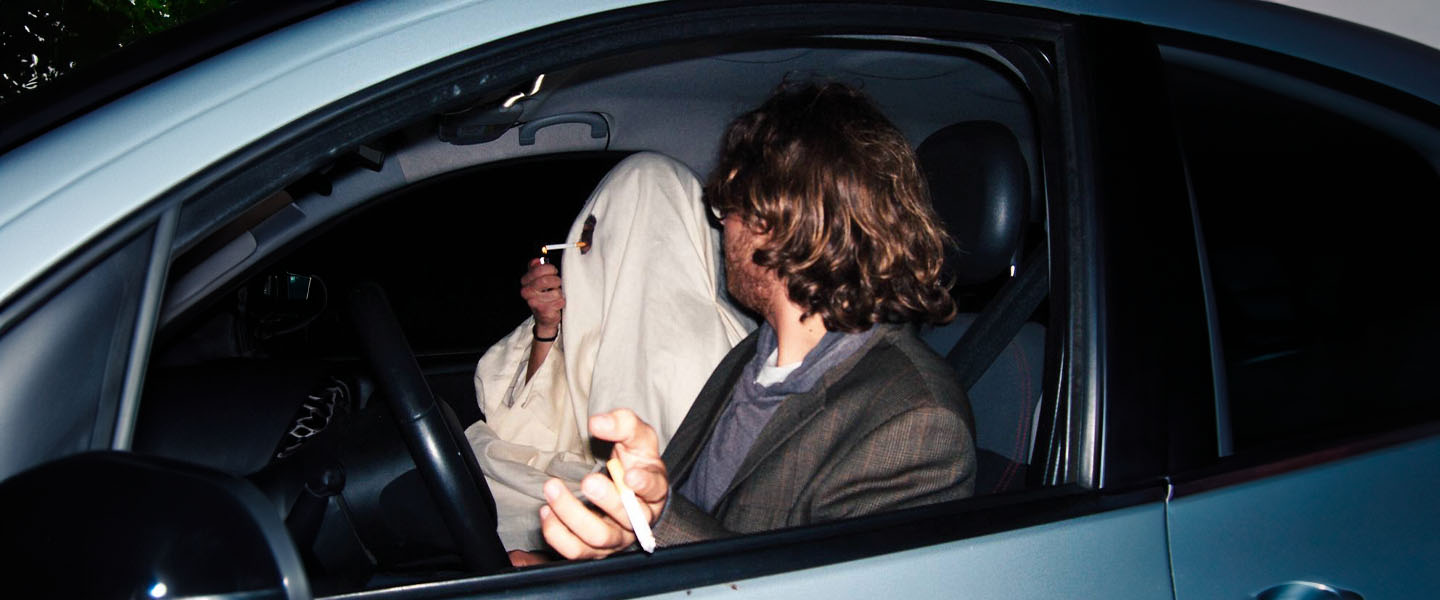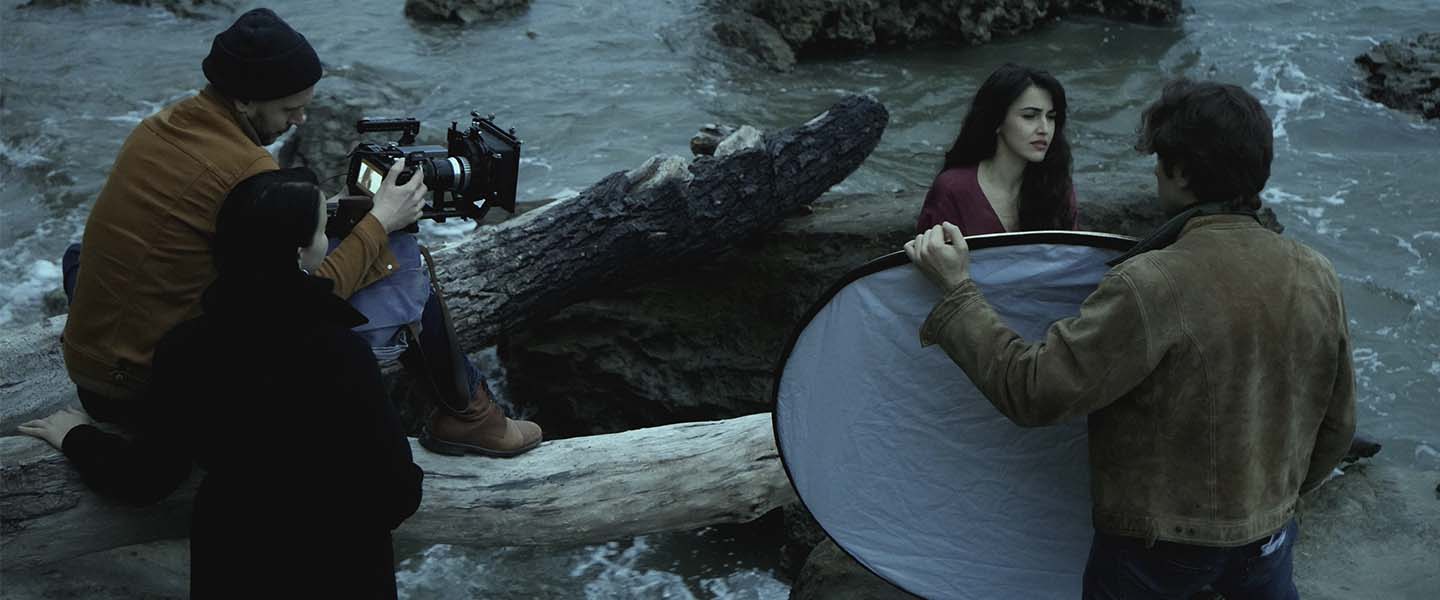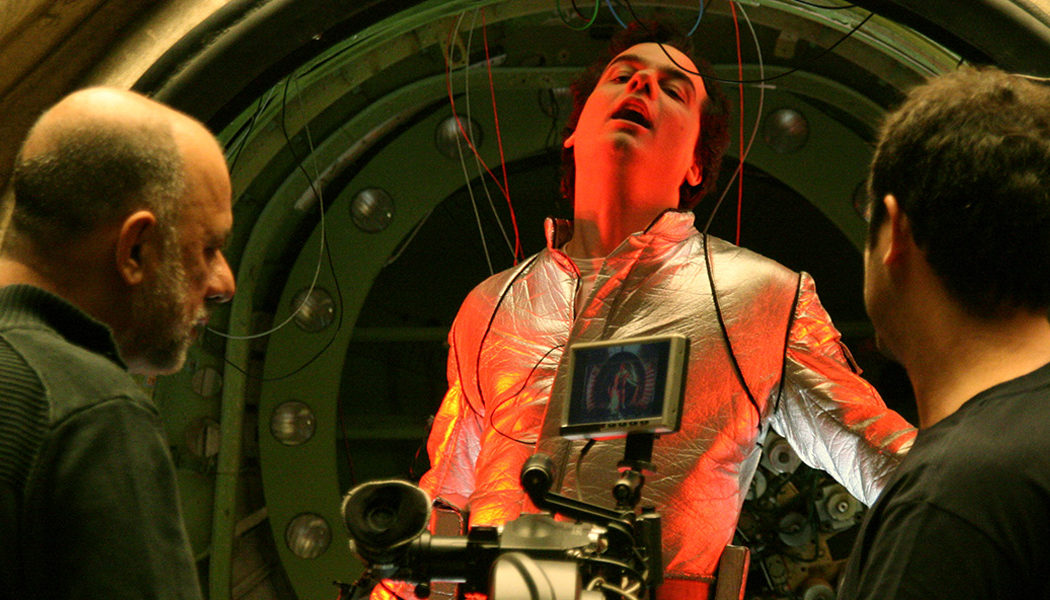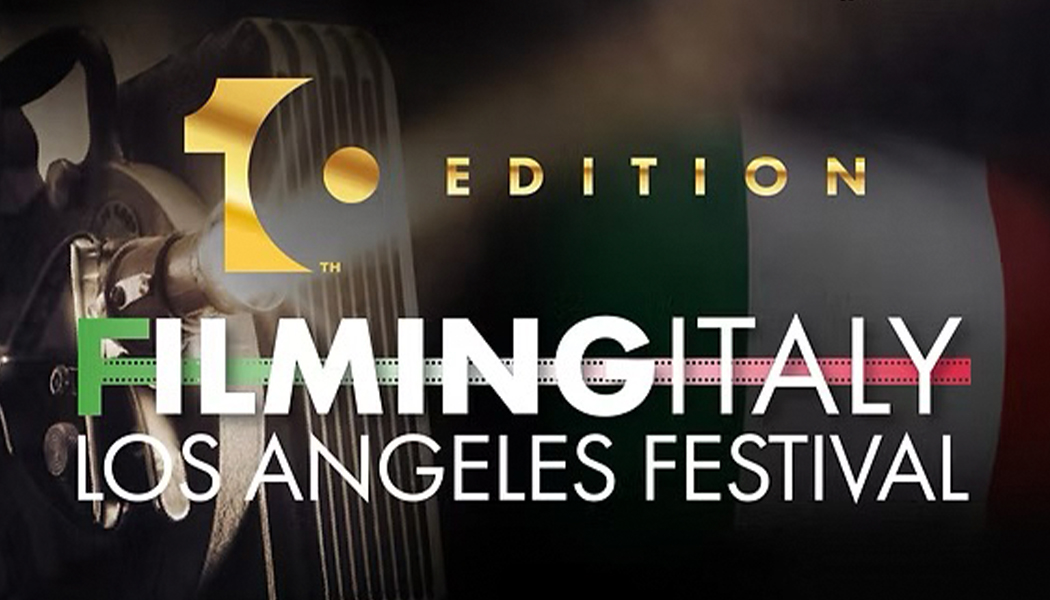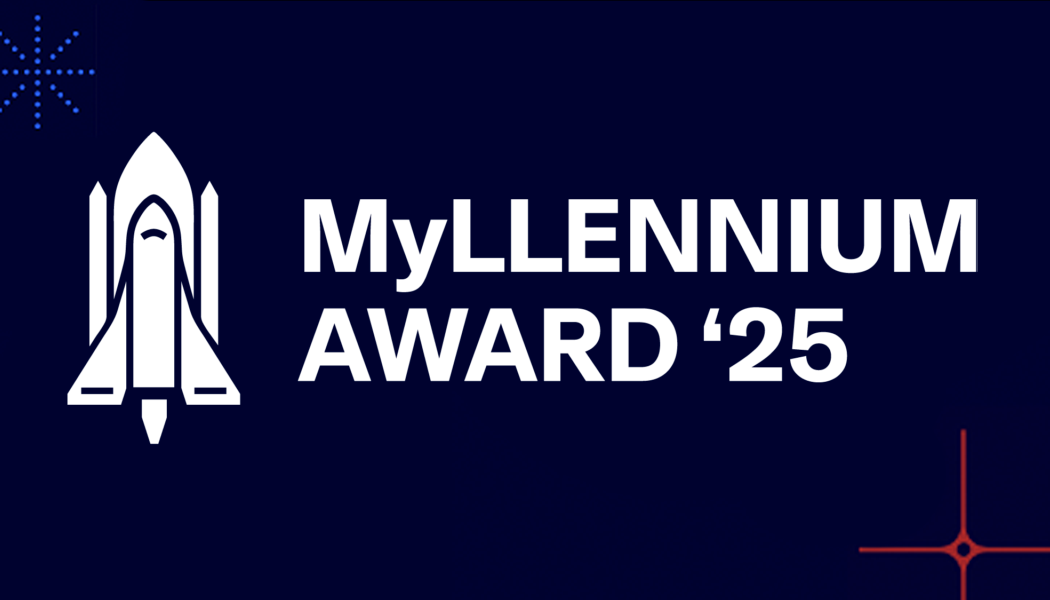TAUGHT IN ITALIAN AND ENGLISH – LOCATION ROME OR MILAN ❯
Vision meets technique.
You will recount the world through the eye of the camera. You will learn to script-write, direct, film, post-produce and edit diverse visual structural formats.
Qualification:
First Level Academic Diploma, equivalent to a Bachelor’s degree
Duration:
3 years, full time
Language:
Italian and English
Credits:
180 ECT
Location of attendance:
Rome or Milan
Requirements:
Italian students
High school diploma
International students
Valid High School Diploma for the Italian Higher Education System
B2 Certificate of the language in which the course is held
Upon admission non UE students are subject to fulfill the procedure for obtaining the student VISA
Field:
Cinema, Screenplay, Direction, Filming and editing
Main subjects:
Cinematography, Directing, Filming Techniques and Editing, Audio and Mixing
Future careers:
Director, Cinematographer, Screenwriter, Sound Technician, Production Assistant, Assistant and collaborator in festivals and museums, Event organiser
The gaze of the machine, recounting what the world looks like. Writing, shooting, editing, producing. Knowledge of cinema and television. Creating short films, music videos, commercials, documentaries, and television productions. At RUFA you can prepare for a profession that is thoroughly modern by beginning from the study of a passion that has ancient beginnings. Thanks to the numerous lessons and workshops by professional tutors, those attending a BA in Cinema at RUFA can look forward to a world of interesting job opportunities. Possessing a solid foundation of technical and theoretical experience, they may be invited to write, direct, construct, produce, post-produce, and edit the structure of various kinds of visual formats. They will be able to make their own films and television programmes, since they will develop a solid understanding of these types media during their years at RUFA, where they learn about directing and scriptwriting, photography, shooting techniques, editing, sound design, history of the contemporary arts, aesthetics in the visual arts field, and the history of cinema. All of this gives them the ability to offer to the world of entertainment a complete, up-to-date, strongly competitive professional set of skills.
The Academic Bachelor of Arts is equivalent to a University Bachelor’s Degree
*All lessons include mandatory attendance at RUFA headquarters.
Coordinator: Andres Rafael Zabala
Tutor: Italian Christian Angeli – English Tullio Morganti
Lecturers: Christian Angeli, Alessandro Bencivenni, Marianna Cappi, Anna Cianca, Stefano Compagnucci, Andrea Costantini, Bruno D’Annunzio, Franca De Angelis, Genny Di Bert, Massimo Intoppa, Federico Landini, Manfredi Lucibello, Alessandro Marinelli, Tullio Morganti, Raffaele Simongini, Caterina Tomeo, Elisabetta Villaggio, Andres Rafael Zabala, Vito Zagarrio, Fabrizio Pizzuto, Alessandro Carpentieri, Lorenzo Squarcia, Simone Spampinato, Bianca Alessandra Ara, Alain Parroni, Gianfranco Manzo, Alberto Gelpi, Giulio Previ, Caterina Di Rienzo, David Vernaglione, Francesco Pennica, Emanuele Daga, Alberto Mascia, Sergio Basso, Irio Pusceddu, Simone Santilli, Amos Bianchi, Paolo Benvenuti, Augustin Sanchez.
BROCHURE DOWNLOADPROGRAMME REGULATIONS
LOOK AT CINEMA STUDENTS’ PROJECTS
BOOK A GUIDANCE INTERVIEW
ASK MORE INFO ABOUT THE COURSE
LISTEN TO THE TESTIMONY OF EMANUELE DAGA – GRADUATES IN CINEMA
BACHELOR OF ARTS PROGRAMME IN CINEMA
Suggested study plan – Mandatory attendance at RUFA locations.
| YEAR | SUBJECT | ECTS |
|---|---|---|
| I YEAR |
Photography
Study of photographic theory and technique through selected photographs by various authors and artistic currents: image literacy, composition techniques, technique and theory of camera architecture, study of the various fields of photography, portrait photography, still life photography, landscape/geographic photography, narration and editing of the photographic story, self-portrait, contemporary collage, alter ego. Production of a final personal project.
| 8 |
|
History of contemporary art
The art of the twentieth century and the beginning of the thirteenth century: the romantic revolutions, the Avant-garde and their subsequent changes. The relations between the various art movements and the major protagonists of the period analysed. Analysis of the most significant social, philosophical, political and technological changes. In-depth analysis of the synergy between cinematographic art and other forms of visual art.
| 6 | |
|
History of cinema and video 1
The history of cinema from its beginnings to the present day with a reinterpretation in the light of the current debate. The concept of cinema with a focus on the knowledge of inner and outer reality: the object and the subject. Mastery of terminology and methods of filmic analysis.
| 6 | |
|
Film-making 1
First approach to the expressive means of cinema and audiovisuals through the writing and design of a subject, treatment, screenplay, storyboard and the making of a short film or backstage video. Active participation in the shoot: students will play all the roles of the film crew.
| 12 | |
|
Direction 1
The basic principles of film directing and an introduction to its language: the directing project, the writing of the subject, the treatment, the screenplay and the storyboard. The method for coordinating the various departments and the direction of the actors. The shooting plans and fields, camera movements, film continuity and editing.
| 6 | |
|
Film shooting and editing techniques
Study of the technical preliminaries necessary to obtain qualitatively good images, the various shooting formats and knowledge of camera positioning to detail a scene with various shots and machine movements. Realization of multimedia projects through the use of digital editing technologies.
| 8 | |
|
Sound design
Acquisition of the basic skills necessary to design the sound narrative plot of an audiovisual project: phonogenics and dubbing, environmental location, appropriateness of locations, interaction with photography. Analysis of sound structures in relation to genres.
| 4 | |
|
Basics of computer science
Digital processing to develop the expressive potential of the image: study of software for photo retouching and graphic design.
| 4 | |
| Elective educational activities | 6 | |
| II YEAR |
Cinematography
Film photography and the role of the director of photography. The study of the equipment available in relation to film needs. Lighting and related staging exercises: morning, day, evening, night, indoor, outdoor, natural or artificial lighting.
| 8 |
|
Latest trends of Visual Arts
In-depth study of the blend of video art and cinema, focusing on the evolution of the audiovisual sector: from Gene Youngblood's Expanded Cinema to computer art, virtual reality, live media performance and live cinema.
| 6 | |
|
Script writing 1
To know the work of the scriptwriter in its various stages of development. To become familiar with the script from the point of view of the various professionals involved in the audiovisual product.
| 6 | |
|
History of cinema and video 2
Study of the world of cinema according to a vision of cyclical and no longer linear development: the idea of eternal return and continuous inspiration from past stylistic elements. Thought, imagination and consciousness, the essence for the reading of modern cinema.
| 6 | |
|
Film-making 2
Through the analysis of classic and contemporary films, the dramaturgical techniques necessary for the development of a screenplay will be illustrated, starting from an idea, with the aim of consolidating the writing techniques. Creation of short films lasting a maximum of 10 minutes following all the production phases: from the research of the cue, the conception, the writing, the preparation, the staging, up to the editing, the post-production, the sound and also the distribution.
| 12 | |
|
Direction 2
The study of various works by directors of the past and present within a path aimed at supporting their own personal artistic and technical research. Deepening of the personal author's look.
| 6 | |
|
Editing techniques
Study of the role of the editor and the editing styles to be put into practice with different materials that will be edited: continuous/discontinuous editing, narrative, discursive and matching editing. The practical part of the course will be carried out through exercises on editing software for the production of commercials, video clips, television series, films and documentaries.
| 6 | |
|
Features of video production
Study of the production from the idea of the subject to the final realization of a film and its theatrical release: management of the screenplay from an organizational point of view, elaboration of a cost estimate and knowledge of financial dynamics, management of the technical path of the film project, management of the relationship with the director, the cast and the notion of copyright, knowledge of the post-production path and respect for legislative, union and economic regulations.
| 6 | |
|
English
Study and deepening of themes and topics concerning the artistic field with the use of different linguistic registers and styles to improve one's communication skills in English.
| 4 | |
| III YEAR |
Mass media theory and methods
The panorama of generalized communication: the tools useful to draw a map of the present and consciously and critically conceive one's work. Analysis of the anthropological transformation that crosses our time that gives value to communication and imagination, with focus on the figure of the knowledge worker.
| 6 |
|
Script writing 2
Writing a subject for a feature film: description of the main character, what is the difference between plot and subplot and why it is important that they proceed in parallel.
| 6 | |
|
Film-making 3
Study and development of a method for the realization of the cinematographic product: from observation and documentation, through writing, staging, photographic technique, direction of the actors, sound reproduction and finally editing and post-production. Creation of a narrative short film divided into acts.
| 12 | |
|
Aesthetics of Visual arts
The Aesthetics articulated in art and cinema. The general meaning of the concept of Aesthetics with focus on the theoretical aspects related to knowledge by object and subject. The decline of the concept of style and the advent of the technical age. Analysis of the poetics of artists such as Manet, Cezanne, Klee, Mondrian, Malevic, Picasso, Duchamp, Pollock, Bacon, De Chirico, Rothko, Burri, Warhol.
| 6 | |
|
Audiovisual documentation techniques
The complex relationship between reality and its representation through the study of the narrative structures of the theatrical and cinematographic language. Analysis of the most important directors of the genre and the various modes of representation: the poetic, thematic, observational and narrative approach. Realization of documentary projects with the participation of all students.
| 8 | |
|
Audio and mixing
Stimulating and refining the sensitivity and aesthetic taste towards sound with particular attention to the audiovisual product, as well as acquiring the technical notions necessary to be able to work independently. Recording, editing and mixing techniques, with the use of the main tools available to a sound designer (eq, compressors, reverbs ...) will be the subject of practical exercises.
| 6 | |
| Further language and interpersonal skills, internships, etc. | 4 | |
| Elective educational activities | 4 | |
| Thesis | 8 | |
| Total Credits | 180 |
Partner
